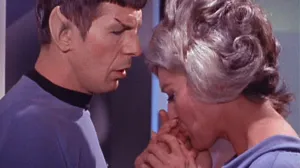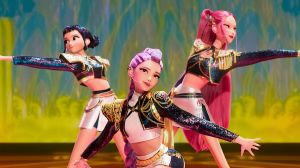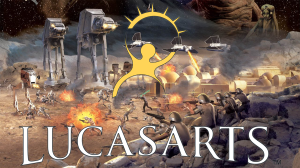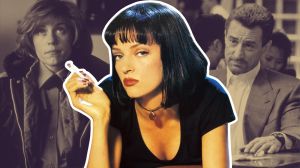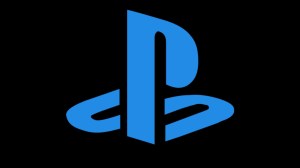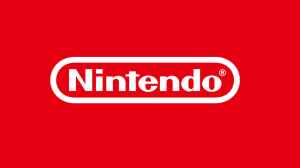The Marvel Cinematic Universe will forever be remembered for how it took Marvel Comics characters and lore and transformed them into a blockbuster mainstream entertainment franchise that is adored all over the world. But while the creators at Marvel Studios have no doubt done wonders in bringing fantastical comic characters to the screen, the results have not been uniformly perfect, across the board. Case in point: the Captain America movie franchise. Often ranked as one of (if not the) best solo film franchises in the MCU, Captain America has, ironically, also been the source of some of the most divisive (if not disliked) character adaptations in the franchise.
Videos by ComicBook.com
Don’t believe it? We beg to differ. Here are 5 Captain America Characters that were ruined by the MCU movies.
Honorable Mention: Sabra & The Serpent Society

This entry only enters the list as an honorable mention because technically, Captain America: Brave New World didn’t fully adapt these characters in any discernible way. Actress Shira Haas got considerable screen time as “Ruth Bat-Seraph,” a former Black Widow and President Ross’s bodyguard; however, the role was a pretty wild flip on the Marvel hero of “Sabra,” a Superwoman-style hero who is one of Marvel’s only Israeli characters. Disney and Marvel Studios clearly wanted to steer clear of socio-political controversy, and thought an empty name-drop would be sufficient (it was not).
The Serpent Society is a whole Marvel villain team with a long (if not proud) legacy in the comics – and at one point, Brave New World was going to feature them. Instead, we get Giancarlo Esposito’s “Sidewinder,” who is just a gun-toting, knife-wielding, generic mercenary character, providing yet another hollow name-drop instead of an actual Marvel character adaptation.
Arnim Zola
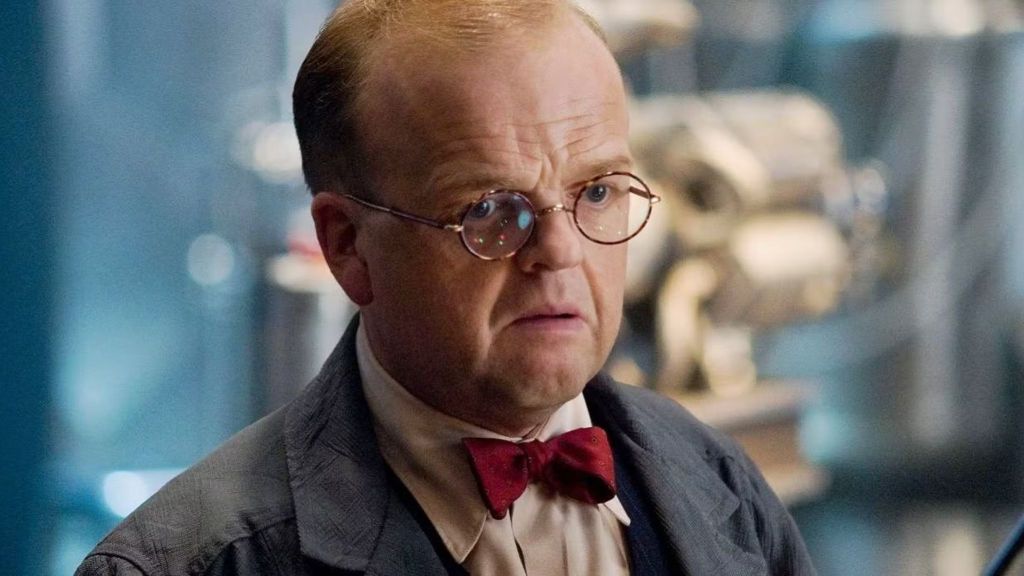
Arnim Zola started out as a promising character adaptation for the MCU, with acclaimed actor Toby Jones playing the Nazi mad scientist in Captain America: The First Avenger. However, Captain America: The Winter Soldier failed to take the character through his proper evolution into a robotic nightmare who plays a pivotal role in Marvel lore. The Winter Soldier did keep with Marvel lore, having Zola cheat death by converting his consciousness into digital form. Unfortunately, this turn was treated as more of an Easter egg than actual character development; Zola’s digital form wiped itself out with a Kamikaze missile strike, trying (and failing) to kill Steve Rogers/Captain America and Black Widow. In the comics, the android version(s) of Zola plays a pivotal role as a biochemist responsible for the comic book pseudoscience that can explain how evil super soldiers get made, or how characters transfer their minds between clone bodies, or in and out of robotic or digital forms, etc. It would’ve been a neat trick for the MCU to keep on hand, as a means to bring back fan-fave actors and characters. Also, Jones would’ve eaten that role, the zanier it got.
Crossbones
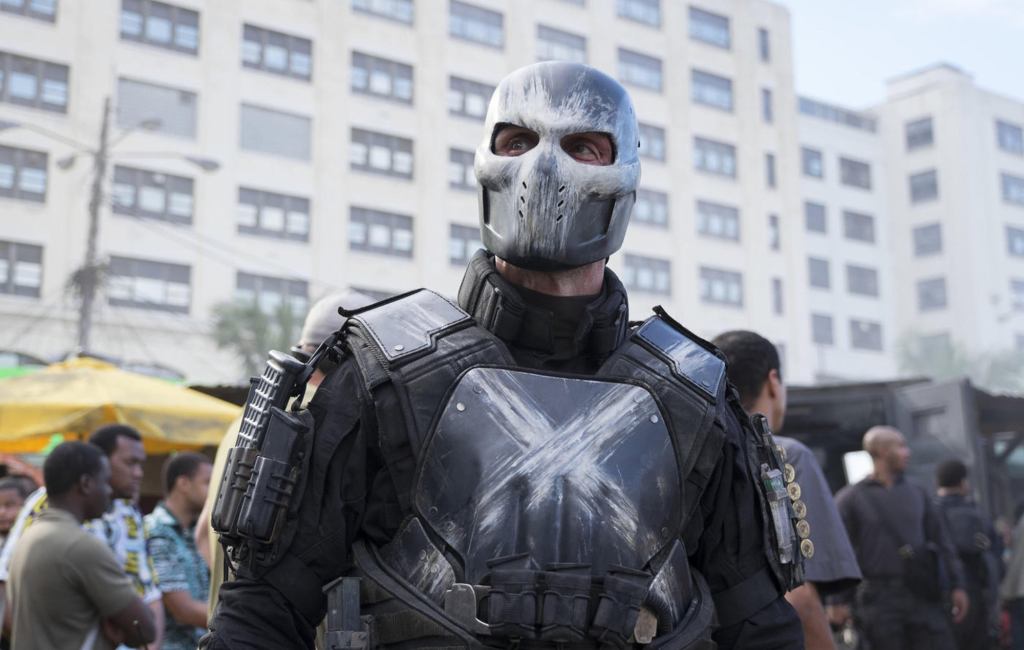
DC Studios is giving actor Frank Grillo a pivotal role as Rick Flag Sr. in the new DCU franchise – and it’s almost like a shot is being taken at Marvel. Grillo trained hard to play “Brock Rumlow” in Captain America: The Winter Soldier, one of the main HYDRA agents embedded in SHIELD’s elite counter-terrorism unit, S.T.R.I.K.E. However, when Captain America: Civil War arrived next, it carried on the not-so-proud tradition of Winter Soldier by squandering Rumlow’s evolution into the scarred mercenary/terrorist “Crossbones.” While Grillo appeared in the film as “Crossbones,” it was nothing but a glorified cameo in the opening act of the film. His death came so fast and felt so underwhelming that MCU fans kept theories going for years that Crossbones would somehow make a surprise return… right up until the moment Grillo signed his DC Studios contract.
[RELATED: Captain America is Getting a New Costume That Changes Steve Rogers]
Sharon Carter

Some concepts work on the comic book page, but fall apart completely when you try to adapt them for mainstream audiences; the case of Sharon Carter’s entry into – and quick exit from – the MCU franchise needs to be studied. When Emily VanCamp was cast as Sharon in The Winter Soldier, fans were hyped: Sharon Carter/Agent 13 had become a more popular character in 2000s/2010s comics, and VanCamp was also a breakout star of that era, thanks to her hit TV series Revenge.
And yet, the chemistry between Hayley Atwell’s Peggy Carter and Chris Evans’ Steve Rogers was so strong in The First Avenger that suddenly, the comic book canon of Steve getting with Peggy’s niece sounded way too cringe to watch onscreen. The fact that Peggy was still alive in the modern MCU (at that time) made Sharon and Steve’s romance even more awkward; rather than sort it out, Marvel Studios gave fans a quick (random) kiss between Cap and Sharon in Civil War, and then pivoted away from her altogether.
The MCU tried to bring Sharon back during the events of The Falcon and the Winter Soldier, but somehow made things even more awkward than Cap’s double-dipping with the reveal that Sharon is breaking bad as the black market dealer known as the “Power Broker.” That story still has no resolution, and VanCamp has been waiting over a decade to do something, anything, significant with the role.
Baron Strucker
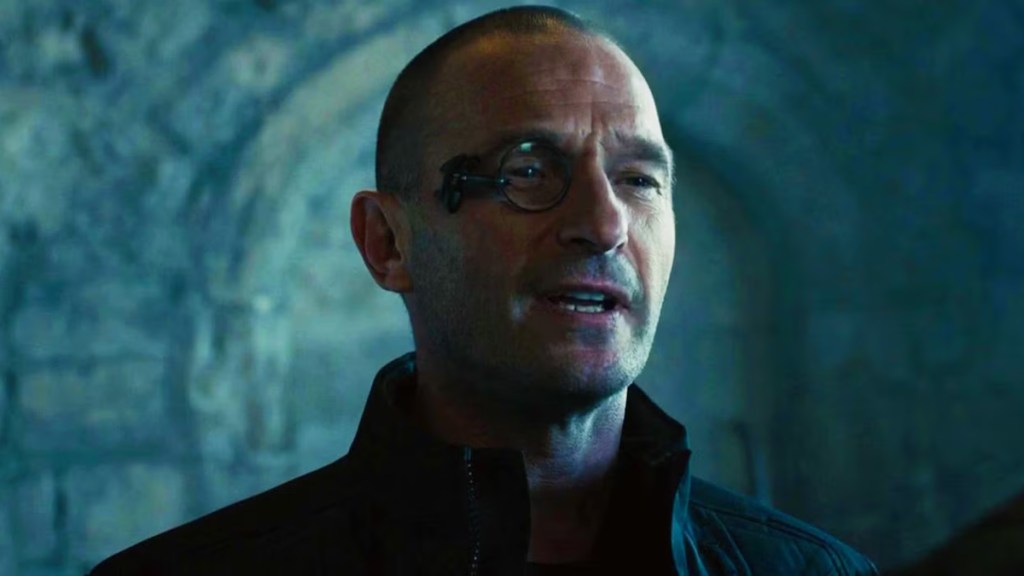
Baron Wolfgang von Strucker is one of the only other foes besides Red Skull (and Zola) that Captain America has taken on since WWII. As the Supreme Hydra, Strucker was instrumental in shaping the terrorist organization into a threat that has lasted for generations within the Marvel Universe. Strucker represents an old (arguably outdated) portrait of European aristocrats and powers that were behind the Nazi party during WWII – a portrait that understandably needed updating for the MCU. However, actor Thomas Kretschmann’s take on Strucker is not what many hardcore Marvel fans wanted from a modern take on the villain.
Kretschmann’s Strucker was little more than a walking plot-bridge, whose experiments with “the Twins” took the MCU from a “grounded” reality populated by a few uniquely powerful beings, to a full-fledged fantastical world of superpowers and “enhanced individuals.” The most characterization Strucker got was dropping hot-button dialogue in a post-credits teaser, and serving as comic relief in the opening sequence of Avengers: Age of Ultron. By the time Joss Whedon had Ultron bashing Strucker’s brains in off-camera, MCU fans (and so many fan theorists) were left scratching their heads about what the franchise was doing with such a major villain from the comics.
Red Skull
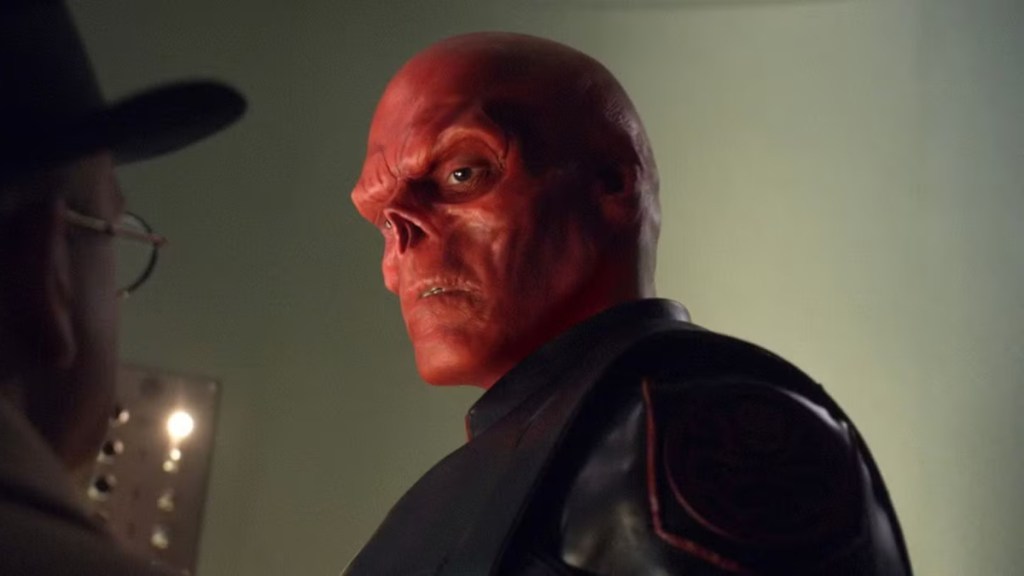
“Ruin” may be a strong word: Hugo Weaving’s Red Skull is widely (and fairly) regarded as one of the best villains in Phase I of the MCU. The “ruin” of Red Skull comes from the fact that the franchise squandered him after his role in The First Avenger, and never made good on the larger comic book lore the character has behind him. Red Skull is more than a villain who has stood the test the time: he’s a powerful symbol of bigoted and/or fascist elements lurking within a society. Periodic returns by Red Skull are important signal flares to readers that the social order needs to be re-scrutinized; the fact that Marvel Studios has abandoned the character (at times when the themes around him are most prevalent in real-world society) is inexcusable. Making Red Skull the tormented caretaker of the Soul Stone wasn’t the fix we needed. A great Marvel villain is still sitting by the wayside.
You can stream Captain America movies on Disney+.



